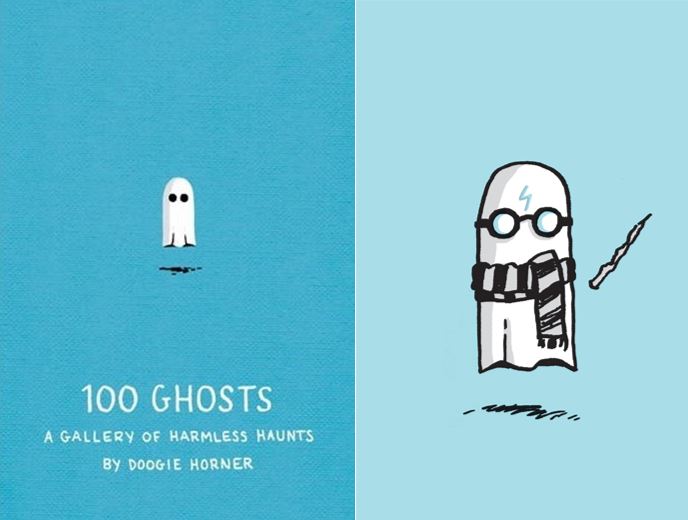
I had an awesome role-playing game session of Hero Kids (written by Justin Halliday ) with my 5 and 6 year old girls over the weekend. We played the pre-written adventure Maze of the Minotaur and we were able to finish the adventure in less than an hour (perfect length for kids with typical kid-length attention spans)
We’ve played half a dozen games of Hero Kids over the past year and have really enjoyed the simplicity of the mechanics. But this past weekend I felt it was time to tinker with the rules and make a few changes by introducing some teachable moments. The big thing was that I changed the core mechanics over to a 2d6+ Dungeon World mechanic for determining success or failure. I did this to help my kids practice basic math using simple addition since this is what they are practicing in school.
Hero Kids has the players roll a number of dice equal to their primary attribute (melee, ranged, magic, and defense). Most players will have 0-3 dice available to them in each of the four primary attributes. Kids roll that many dice, choose the highest, and try and meet or beat the opponents roll. This is great for kids that are not quite ready to do addition and learn “which number is bigger?”. If their biggest number is greater than or equal to the GM’s roll, they are successful (ties go to the attacker in Hero Kids).
Whereas Dungeon World has players roll 2d6 and add their primary attribute bonus to this roll. If their total roll is a 10+ it’s a complete success. If they roll 7-9 it’s success that comes at a cost (game of tough choices anybody?). Anything less and it’s complete failure. I use the Hero Kids “primary stats” in the form of a bonus +0 through +3. I don’t have to roll any dice whatsoever and can focus on telling the story and ask my kids “what do you do now?”. I get to stay in the narrative the entire time and ask for die-rolls when we need to add to the drama or excitement in a particular scene. It’s putting them in the drivers seat and rewards thinking outside the box.
Basic guidelines for great role-playing with kids.
- Never ask for a dice roll unless it adds to the drama (great Dungeon World advice).
- Always reward a good idea or creative imagination with best possible outcomes.
- Let them make up whatever they want within reason and reality.
- Find teachable moments. For instance, the two teachable moments this weekend were around developing math-skills and the other was learning why you don’t split the party up (teamwork is far more effective).
Example exchange from our recent game session.
Me: Ok, Hannah the wizard and Rapunzel (yup, that one) enter into the cave and there is a swarm of bats that flutter around your heads and OUCH! they are biting you and you think they are trying to suck your blood.
Hannah (6 year old): Oh no! They must be vampire bats!
Rapunzel (5 year old): Are bats scared of the light?
Me: When do bats fly around the most?
Rapunzel: At night!
Me: That’s right, you never seem to see bats during the day. The sun probably hurts their eyes.
Rapunzel: I start singing my magic song really loud to make my hair glow super bright!
Me: You sing your song and the bright light from your magic hair causes the bats to run into the walls as they fly out of the cave as fast as they can! (insert screeching sound here)
—————–
We had several other exchanges in which involved screeching mushrooms and magic powder that Hannah happened to have on her person. Magic fire to burn spider webs in a room full of big rats, etc.
It was great fun; they always got rewarded for coming up with creative ways to problem solve throughout the game. In fact, I wish my regular RPG players would think outside of the box as much as my kids did that afternoon (I’d reward them just as well).
So my advice for parents wanting to run role-playing games for their kids is to keep an open mind and use the game for a teachable moments, not to teach combat tactics. I use the game to help reinforce simple math, teamwork, and problem solving.
Playing kid friendly role-playing games like Hero Kids has given me a special opportunity to share one of my geeky passions with my girls and earn valuable parenting experience-points at the same time. As long as you remember that the game rules are only guidelines and that you should never be afraid to tinker. Changing things up from time to time will keep your kids from becoming annoying rules lawyers.



I LOVE this. I’m a dad who never realized that there were RPG’s for kids, so I just hacked Castles & Crusades / D&D and got them going. I really appreciate this blog entry!
I borrow some ideas from a game called Kids Dungeon Adventure for dungeon setup. We use the colorful wooden kids blocks and Duplos for making our 3D dungeons. This allows them to physically explore the dungeon like you might using expensive Dwarven Forge set pieces.
Definitely something to look forward to with my girls. Currently playing Lego Heroica with my 4-5 year old girls, who have properly beat me on a few occasions. They like helping to build the scenes.
Awesome post! I love Rapunzel’s solution to the vampire bats 🙂
I agree, that as much as you can, stick to the story and let them come up with creative solutions before rolling dice. But as a math tool that is fantastic.
Sometimes I feel very lucky to be a couple of years behind you. I have a growing file of great ideas.